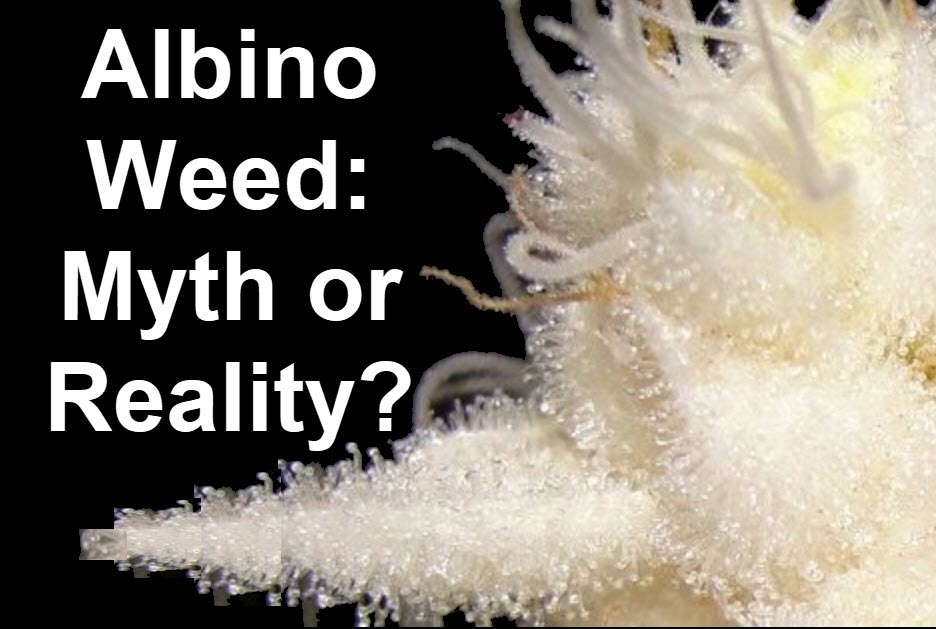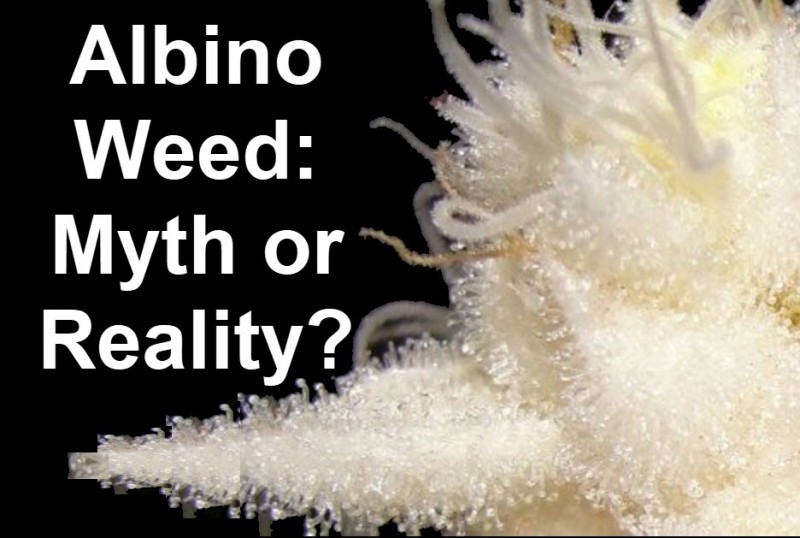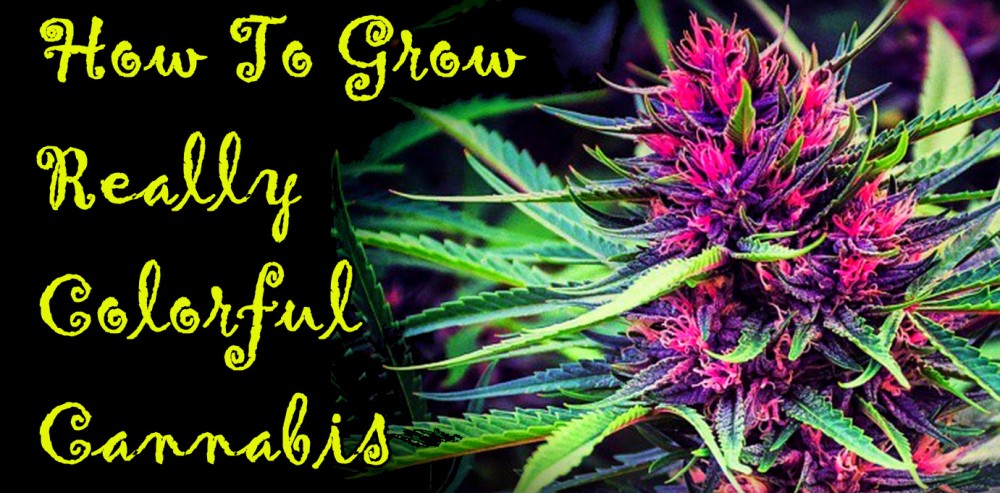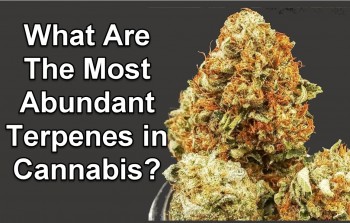Albino Weed: Myth or Reality?

One of the most fascinating things about cannabis is the cultivation aspect. While it does take a lot of time, effort, and attention to grow cannabis well, on the rare occasion, Mother Nature gives you a surprise.
This is where albino weed comes in.
Yes, you read that right. Albino cannabis.
Albino cannabis typically occurs as a result of genetic and environmental factors, giving you an incredibly beautiful, glistening white bud that is the unicorn of all cannabis porn out there. And while it’s pretty amazing to look at, this is one strain you wouldn’t be able to benefit from.
But some old-school cannabis enthusiasts will tell you that albino cannabis plants don’t exist. Other skeptics may tell you that cannabis albinism is actually a form of chlorosis, a condition that occurs due to inadequate nutrients in the soil. But actual albinism occurs when there is very little chlorophyll produced in the first place.
Cannabis Albinism
Albino cannabis is definitely not the outcome of proper breeding, and the exceptional times it does occur, it usually isn’t intentional. Albinism is a natural phenomenon characterized by a partial or total loss of pigmentation. This isn’t exclusive to cannabis plants; other plants, as well as animals may have albinism too. But albino cannabis plants are known to have potency levels so low, or none at all; so they’re of no use to a recreational or medicinal user.
Chlorophyll is the pigment responsible for giving plants, including cannabis plants, its green color. Chlorophyll is essential to life because it plays an important role in photosynthesis, the process by which light is converted into sugars which plants use to survive. Chlorophyll in cannabis is needed to help absorb light. So while albino cannabis plants do look nothing short of magnificent, it actually occurs as a genetic issue because the lack of chlorophyll means that the plant is unable to carrying out photosynthesis. In other words, albino cannabis plants are unable to generate the energy needed to reproduce or even survive.
For this reason, the chances of a true albino cannabis plant reaching maturity is little to none. Partial albino plants, which are called variegated plants, are characterized by mild albinism such as the formation of patches of white buds and leaves while the rest of the plant is green.
Albinism in cannabis can be caused by several factors although primarily genetic and environmental in nature. Light, temperature, and growing mediums can also contribute to this condition. But genetics plays the most important role in cannabis albinism, because it’s a recessive trait due to pigmentation defects that may have been caused by mismatched chloroplast and nuclear genomes. Another major cause is hybridization, which is when breeders backcross strains to just for the positive recessive strains that they want. However, this process may lead to the expression of albino traits.
Fake Albinism
Not all white cannabis plants are true albinos. In some cases, bleaching as a result of lighting may cause cannabis plants to turn white. Also known as light burn, this can happen especially when the top leaves and buds are too close to its light source because they’re growing too rapidly. The intensity of the light can cause bleaching, but it only affects the overexposed parts of the plant.
What To Do If You Have An Albino Cannabis Plant Due To Bleaching
Treating an albino cannabis plant can be tricky. Since they can no longer photosynthesize, they definitely need much more care and attention.
But that doesn’t mean that albino cannabis plants can’t be salvaged, if you accidentally grew them. The main solution would be to adjust the lighting. If albinism occurs due to light bleaching, simply adjust the lights. You may also want to consider using low wattage LED grow lights, and make sure that your plants are kept at a reasonable distance. Keep in mind that you still want to ensure the entire canopy receives adequate lighting, but avoid causing them added stress which occurs when they are too close to the light source. Remember that when making any changes to the environment of your plant, do it as slowly and gradually as possible.
So while it is incredible to look at, all growers will tell you that albino plants aren’t worth the effort.
Avoid getting this surprise from Mother Nature by paying close attention to your indoor grows.
OTHER STORIES YOU MAY ENJOY...
HOW TO GROW COLORFUL CANNABIS PLANTS, CLICK HERE.







